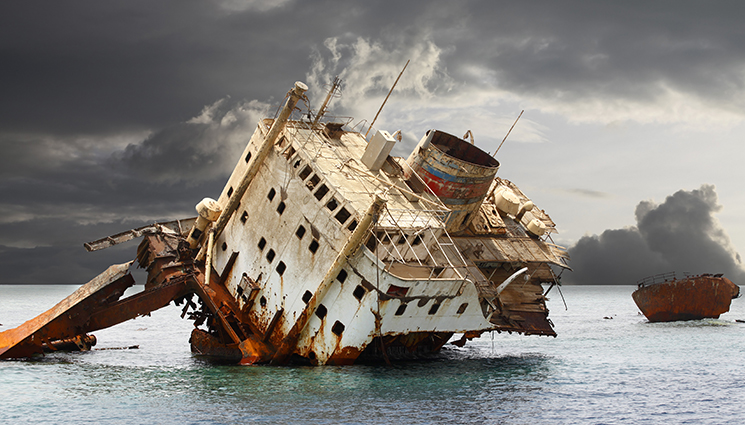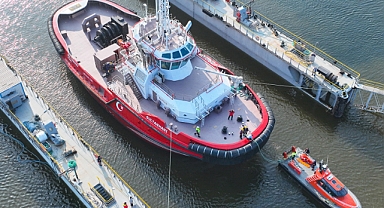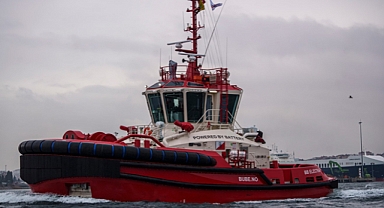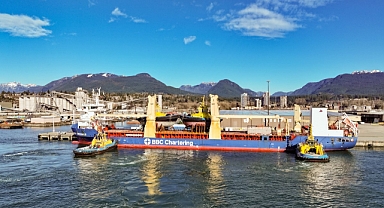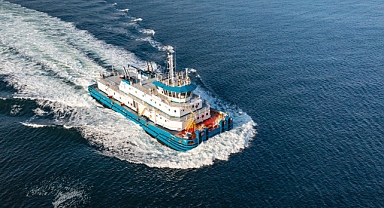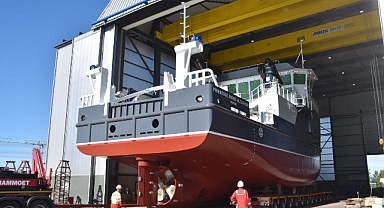Wreck removal big money for salvors, but also needed to stop pollution
SHIPWRECK removal, is not only one of the main sources of income for members of the International Salvage Union (ISU), but also one of the most important things its members do in fighting marine pollution.
This surfaced in the ISU's Pollution Prevention Survey along with industry statistics for 2015, demonstrating a robust industry and its member’s role in environmental protection.
"Yet again our members?operations have delivered great benefit in helping to protect the environment," said ISU president John Witte, reported the Maritime Journal of Fareham, Hampshire, England.
Looking back, ISU members provided 185 services to vessels carrying two million tonnes of potentially polluting cargoes during 2015, slightly down from 216 in 2014.
Oil cargo showed more than a three-fold increase at 666,416 tonnes (194,880 tonnes in 2014) with chemicals down at 35,744 tonnes in 2015 from 102,939 tonnes in 2014.
Bulk polluting/hazardous material for 2015 was 722,160 tonnes compared to 901,373 in 2014. Wreck removal activity continues to be an important source of income.
Gross revenue from all activities in 2015 fell slightly to US$717 million from $775 million in 2014. Total number of services recorded in 2015 was 212, the second highest since 1999, compared with 249 in 2014.
SHIPWRECK removal, is not only one of the main sources of income for members of the International Salvage Union (ISU), but also one of the most important things its members do in fighting marine pollution.
This surfaced in the ISU's Pollution Prevention Survey along with industry statistics for 2015, demonstrating a robust industry and its member’s role in environmental protection.
"Yet again our members?operations have delivered great benefit in helping to protect the environment," said ISU president John Witte, reported the Maritime Journal of Fareham, Hampshire, England.
Looking back, ISU members provided 185 services to vessels carrying two million tonnes of potentially polluting cargoes during 2015, slightly down from 216 in 2014.
Oil cargo showed more than a three-fold increase at 666,416 tonnes (194,880 tonnes in 2014) with chemicals down at 35,744 tonnes in 2015 from 102,939 tonnes in 2014.
Bulk polluting/hazardous material for 2015 was 722,160 tonnes compared to 901,373 in 2014. Wreck removal activity continues to be an important source of income.
Gross revenue from all activities in 2015 fell slightly to US$717 million from $775 million in 2014. Total number of services recorded in 2015 was 212, the second highest since 1999, compared with 249 in 2014.









